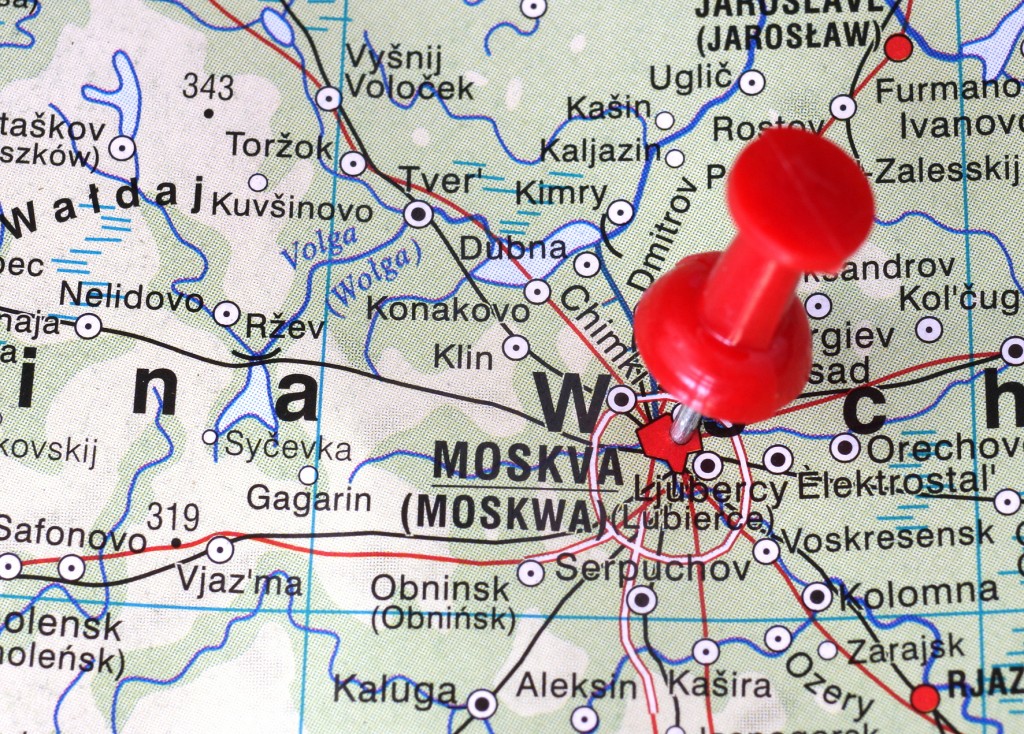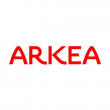Russian DMA service targets investment banks

Horizon Software says its DMA service will help investors to get the best results from the Moscow market
As Russia’s revitalised Moscow Exchange begins to command increased attention from global investment banks and hedge funds, a new direct market access service says it can unlock trading features that may not previously have been available to many international investors.
“When brokers don’t have native access to the exchange, they may find that there are some features which are not available,” said Sylvain Thieullent, chief executive of electronic trading at Horizon Software. “For example, the ability to use the exchange’s block trading functions, or the ability to trade options strategies. If you have DMA, you bypass the layers separating you from that functionality and you reduce the latency at the same time.”
Although some of the larger banks do have ways to circumvent the lack of exchange features through non-native access, such as taking a local Russian provider or obtaining a GUI from the exchange, according to Thieullent the issue with these approaches is the latency, and the fact that the bank would need to maintain hardware and software from the exchange which “can be a pain” to maintain and keep up to date. Direct access, he says, renders such steps unnecessary.
The Moscow Exchange was created in 2011 from the merger of the RTS and Micex exchanges, which previously operated separately, settled in different currencies (ruble and dollar) and specialised in different asset classes. The combined exchange is a central plank in the Russian government’s drive to turn Moscow into a major global financial centre and claim back some of its lost IPO business from London, which has emerged as a rival Russian IPO centre.
At the same time, interest in Russia has been rising on the back of high oil prices and rising wealth. Over the last 18 months, connectivity providers have raced to roll out low-latency connections to the Russian market. In September, TMX Atrium released a set of options for trading Russia through its connection to Frankfurt’s Equinix FR2 IBX data centre and the Moscow Exchange. Meanwhile, BSO Network Solutions has its own link from London to Moscow, which it upgraded in March to achieve a roundtrip latency of 39.15 milliseconds. In August, Russia’s BCS Prime Brokerage launched an ultra-low latency data line between London and Moscow which it claimed is the fastest trading connection yet built between the two cities, below 39 milliseconds.
Horizon’s software focuses on providing DMA to the Russian market. Its DMA gateway provides support for order routing as well as pre-trade risk management, which has become an important feature of the Russian market ever since Moscow moved from its original T+0 settlement cycle to T+2 settlement over the summer of 2013. It also provides an ‘exchange-native’ data feed, which Thieullent says is important because otherwise the data would be more complex to obtain and may suffer from higher latency.
According to Thieullent, one of the other important factors is the trend over the last two years for Russian banks to begin investing more abroad, whereas previously they had been mostly concerned with the domestic market. The need for software and infrastructure to connect Russian institutions with the outside world has come from both directions, he says. The firm says it is going live with one of the top three Russian investment banks on the platform next week. After that, it plans to add Russian hedge funds and eventually the buy-side community as well.











































